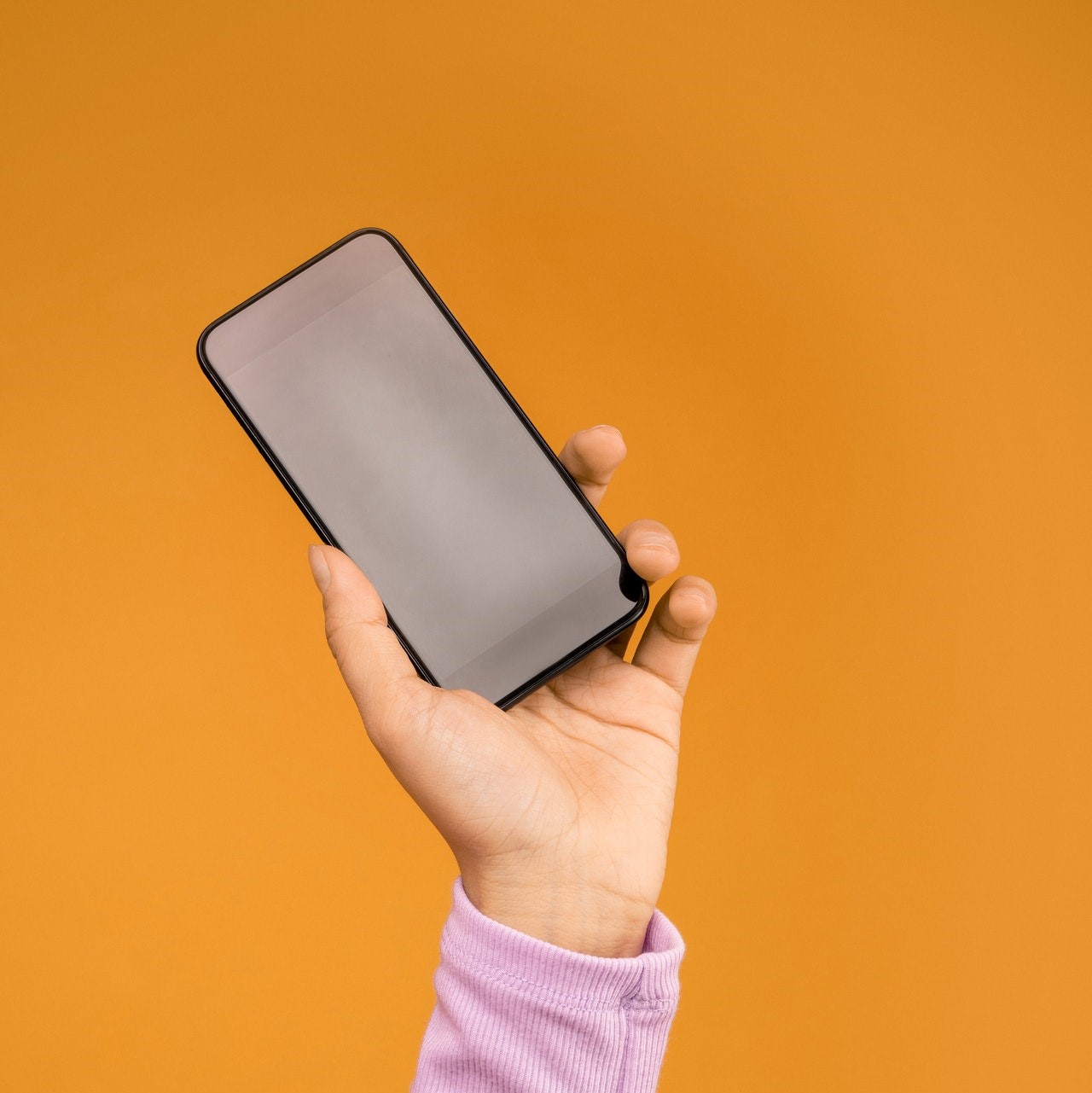Smartphones are very precious devices, and not only because of their cost, but also because of the uses we give them. But they are usually delicate devices, especially because of their panel. This is why it is common to put screen protectors on them after buying them, as it adds an extra layer of security.
It is true that most cell phones nowadays come with screen protection such as Corning’s Gorilla Glass. This type of technology has made the glass of these devices more resistant to scratches and even falls. However, it does not 100% guarantee the integrity of the panel in the event of an accident.
Screen protectors: what types can you find?
Screens are prone to scratches, cracks and blows caused by rubbing against objects or being dropped. A protector is basically a transparent layer that is manufactured with materials of different robustness and that adhere to them to protect them. In this way, in the event of an accident, potential damage will be absorbed by the protector.
There are several types of screen protectors on the market depending on the material they are made of. It is important that you know them so that when choosing one for your phone, you make an informed purchase.
PET
You’ve probably heard of this type of plastic, as it is the one most commonly used in food and beverage packaging. It is the typical screen protector that usually comes with new smartphones. Its protection is minimal, but it helps prevent scratches from reaching the final layer of the screen.
It is usually used the first few days we have the phone, until we buy a more robust one. Also, it can accumulate finger grease and discolor. Undoubtedly, their best attribute is their price, because they are very cheap… or free if you use the one that comes with the device.
TPU
This is also a plastic material, but chemically enhanced. Therefore, it is much more resistant than PET screen protectors. It performs better against oil or grease, so it has anti-fingerprint function. Its properties allow optimal shock absorption and better protection against typical scratches.
The TPU protector stands out for its elastic properties, which gives it a certain capacity to ‘self-heal’ from micro-scratches. It is soft to the touch, but on the downside, it is not as easy to install. Offering slightly more protection than the PET models, it is priced slightly higher, at a cost that is still affordable.
Crystal or tempered glass.
These are the most popular screen protectors. They are composed of several layers perfectly mounted one on top of the other so that the thickness is not more than half a millimeter. They are characterized by being very resistant. As they are harder, they withstand impacts better, as well as scratches from sand.
This material is also anti-reflective, a common problem in other types of protectors. It is anti-shock and has a high transparency. It is the most expensive of all and installation must be careful to avoid bubbles.
Nanoliquid
It is not very popular, but it is worth naming it so that you know it. It is a solution used to cover the cell phone panel to add a layer of protection to them. It is very thin, which makes it practically unnoticeable.
However, the protection is not so high, as the most serious scratches could reach the screen. In addition, they disappear progressively, which means that you will not be able to remove it whenever you want like the others.

How to choose the best screen protector
Now that you know what types of screen protectors you can find, you may be wondering how to choose the right one for your phone. To make a good choice we recommend you to evaluate these aspects.
Flat or curved
Consider the design of your phone. If it is classic, you can opt for a flat model, which is responsible for covering the active area of the screen. These protectors, moreover, are usually compatible with a greater number of cases and have a reduced price.
On the other hand, if you have a curved smartphone, it is best to buy a protector with edge-to-edge coverage (E2E). They are designed to cover the maximum possible surface area of the panel. You should keep in mind that some do not completely cover the edge, but they still protect more than flat models.
Thickness
Protectors can be 0.2 mm, 0.3 mm, 0.4 mm, etc. thick. The thinner it is, the better, as it is much more aesthetic. However, you should consider that the thickness varies depending on the material chosen.
Privacy
If you are worried about other people being able to see your phone while you use it, you can opt for models that preserve your privacy. There are technologies that work as if it were a very small vertical blind, allowing only the person directly in front of the screen to see its contents. In case you want to share what you are watching, you only have to put the equipment in horizontal position.
Installation
A correct installation of the protector is key to take advantage of the features of these complements. When choosing one, consider how easy it is to place it on the device. In any case, remember that you always have the option of having it installed in a physical store.
If your smartphone doesn’t have a screen protector yet, or you are thinking of changing the one it has, consider this information. This way you will be able to choose one that suits your device and your needs. Remember that this way you will extend the life of your phone. At Movical we help you to take care of it. We invite you to read the contents of our blog.

